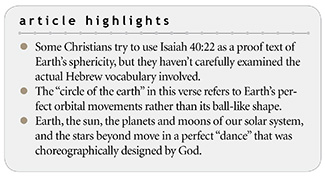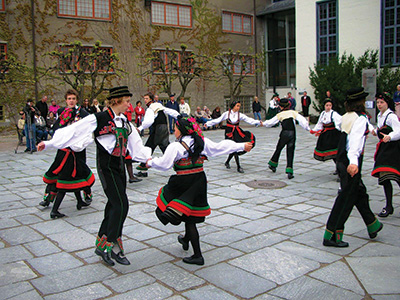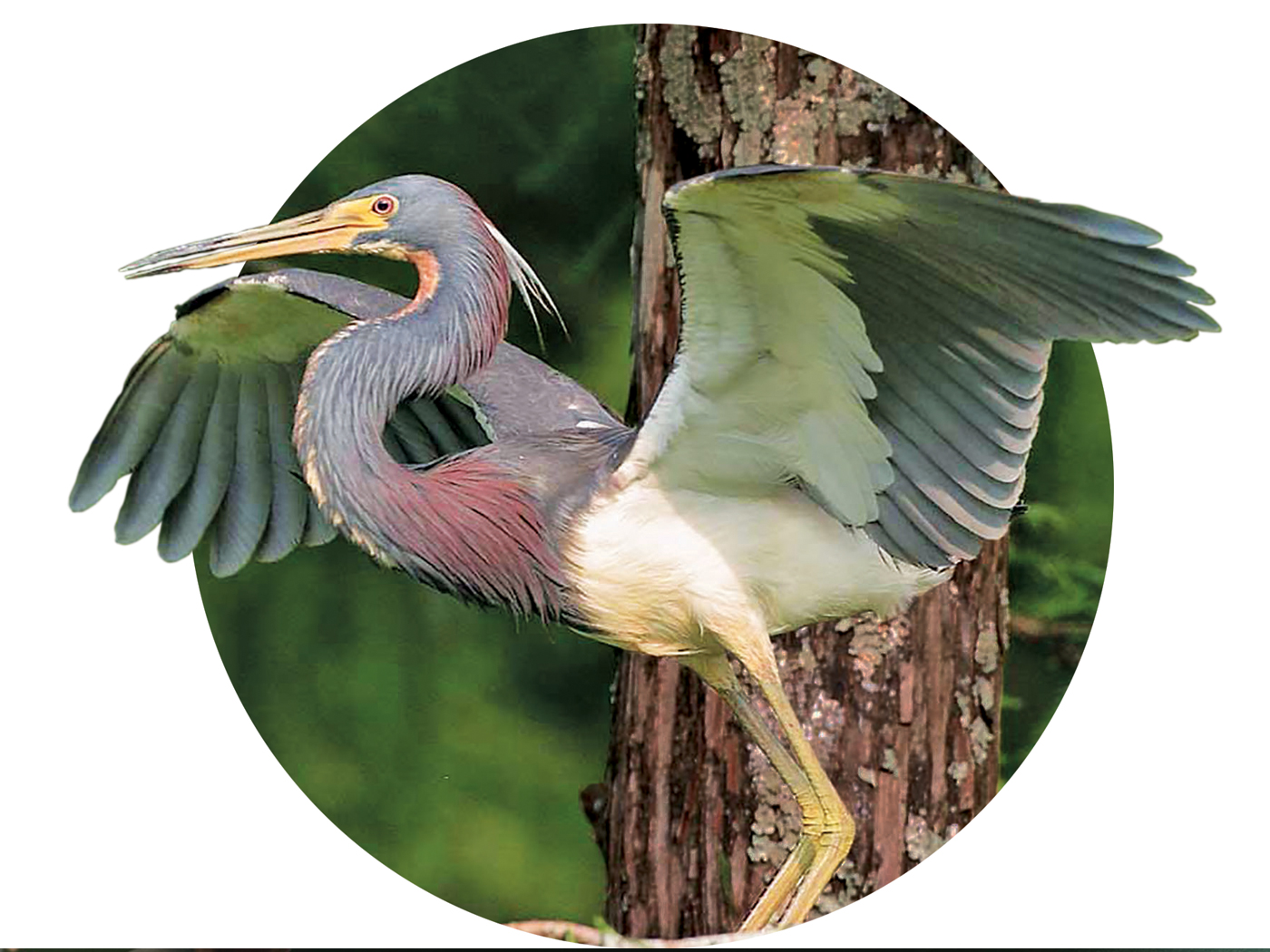It is He who sits above the circle of the earth, and its inhabitants are like grasshoppers, who stretches out the heavens like a curtain, and spreads them out like a tent to dwell in. (Isaiah 40:22)
 Some creation scientists suggest that “circle” in Isaiah 40:22 refers to Earth’s spherical shape.1 However, just because Earth is round like a ball, is that what the phrase “circle of the earth” means in this verse? Actually, no. This illustrates a larger problem within creation apologetics—namely, proof texts misused in an attempt to match Bible verses to scientific facts. We don’t need to do this, since there are plenty of texts that do match science.
Some creation scientists suggest that “circle” in Isaiah 40:22 refers to Earth’s spherical shape.1 However, just because Earth is round like a ball, is that what the phrase “circle of the earth” means in this verse? Actually, no. This illustrates a larger problem within creation apologetics—namely, proof texts misused in an attempt to match Bible verses to scientific facts. We don’t need to do this, since there are plenty of texts that do match science.
In short, our understanding of the Bible, as well as of scientific matters, does not benefit from superficial yet flawed use of proof texts. Rather, careful analysis of biblical text details will provide, in the long run, more thorough and reliable understandings of both Scripture and relevant creation-related topics.
Careful analysis of biblical text details will provide, in the long run, more thorough and reliable understandings of both Scripture and relevant creation-related topics. ![]()
Let’s see how this applies to Isaiah 40. Biblical scholars generally use the noun “ball” to translate the Hebrew noun dûr in Isaiah 22:18: “He will…toss you like a ball.” If God had wanted Isaiah to describe Earth as a globe (i.e., a ball) in 40:22, why not have him again use dûr?2 This vocabulary difference was noticed by the English Bible translators in 1611, as a comparison of Isaiah 22:18 (“ball”) and Isaiah 40:22 (“circle”) in the King James Version shows.3

Even more importantly, to understand this word in Isaiah 40:22, the key issue is what the Hebrew noun chûg (“circle”) means. To find this out, we should compare Scripture with Scripture. In other words, we review how Scripture itself uses that and other Hebrew words sharing the same root.1,2 The Hebrew noun chûg is used only two other times in the Old Testament.
“Thick clouds cover Him, so that He cannot see, and He walks above the circle [chûg] of heaven.” (Job 22:14)
“When He prepared the heavens, I was there, when He drew a circle [chûg] on the face of the deep.” (Proverbs 8:27)
Are these circles spherical balls, or is Scripture referring to heavenly circuit-like motions?2,3 A related Hebrew verb appears in Job 26:10 describing Earth’s water cycle dynamics. The idea is circuitous movement, not sphericity.
Other Hebrew words use the same verb stem, such as the verb châgag and nouns derived from that verb. Examples include Leviticus 23:34, “feast”; Leviticus 23:39, “celebrate,” “feast”; Leviticus 23:41, “celebrate,” “feast,” “celebrate”; and 1 Samuel 30:16, “dancing.”1,2
Dancing? Do the concepts of celebratory feasts—or dancing—fit the idea of Earth’s roundness? Or do dancing and cyclical celebrations better compare with Earth’s artistically maneuvered orbital motions while circling the sun within our solar system, which itself orbits within the Milky Way galaxy?1,2,4
The popular assumption that Isaiah 40:22 refers to Earth’s round shape clashes with how God chose to use the noun chûg and related Hebrew words within Old Testament passages. Therefore, the best English word to portray what God was describing about planet Earth in Isaiah 40:22 is choreography—an amazingly well-ordered, orchestrated, festive, happy, and harmonious dance.
Like King David dancing before the Lord (2 Samuel 6:14), even the heavenly bodies “dance” unto God’s glory!1,2,4
References
- Hebert, J., and J. J. S. Johnson. 2018. Do Isaiah 40:22 and Psalm 29:10 Speak to Cosmological Realities? Considering the “Waters Above” and Earth’s Cosmic Choreography. Creation Research Society Quarterly. 55 (1): 44-48. The caveat for creation apologetics is that interpreting Scripture needs to be, above all, true to the text (2 Timothy 2:15).
- The Hebrew noun chûg (“circle” in Isaiah 40:22) is related to the verb châgag, which is translated “celebrate” in Leviticus 23:39 and 41. The Hebrew noun chûg shares the same root verb as chag, a Hebrew noun translated as “feast” (referring to the Feast of Tabernacles) in Leviticus 23:34, 39, and 41. The concept of celebratory dancing is illustrated in 1 Samuel 30:16, where the Hebrew verb châgag (in participle form) is translated “dancing.”
- Hebert and Johnson (reference 1) observe: “It is worth noticing that Johannes Kepler published his Copernican heliocentrism defense, Mysterium Cosmographicum, in 1596, and later his Astronomia Nova in 1609, both before the King James Version was published. Thus, Kepler’s defense of Copernican heliocentrism could have been known to someone on the King James Version translation team, since the English term ‘circle’ roughly matches that of an elliptical orbit (befitting Kepler’s first law of planetary motion). Interestingly, Earth’s elliptical orbit is very close to that of a circle, with an eccentricity of 0.0167 (a circle would have an eccentricity of zero).”
- Compare 2 Samuel 6:14 and Psalm 149:3 to Job 22:14, Psalm 19:6, and Ecclesiastes 1:6. Notice that the festively cosmic choreography of Isaiah 40:22 is like the harmonious movements of a perfectly performed Norwegian Leikarringen folk dance.
* Dr. Johnson is Associate Professor of Apologetics and Chief Academic Officer at the Institute for Creation Research.
















